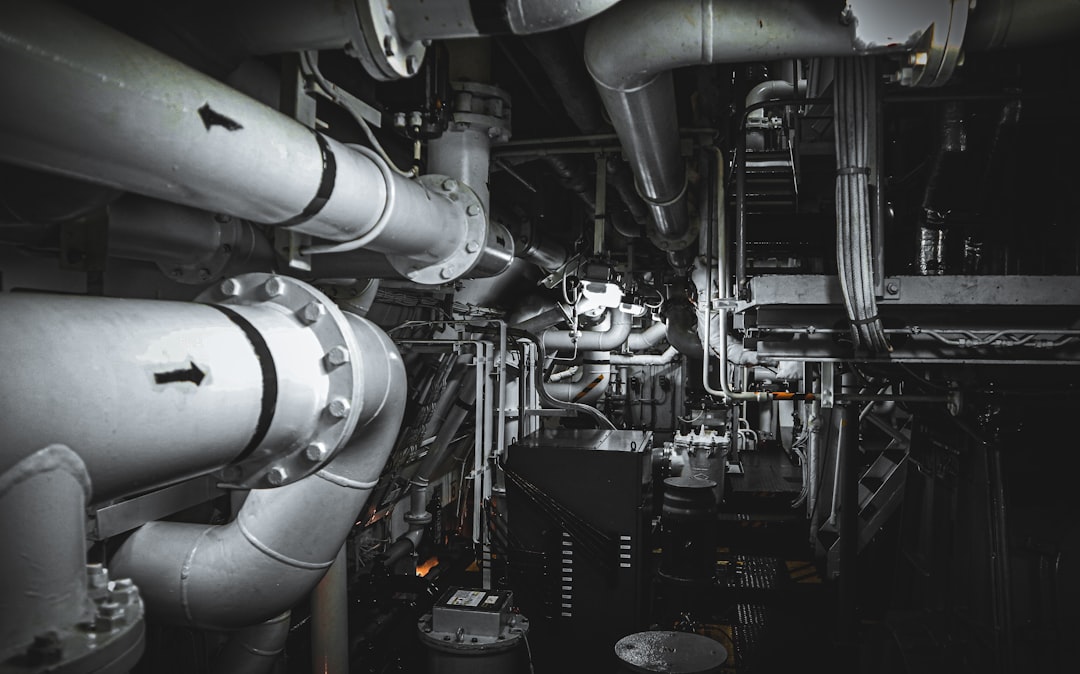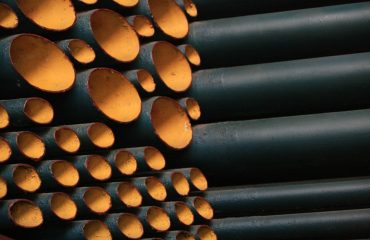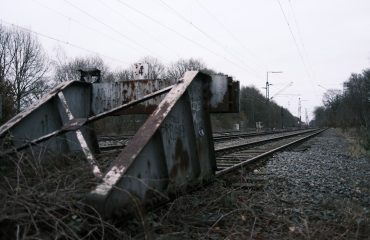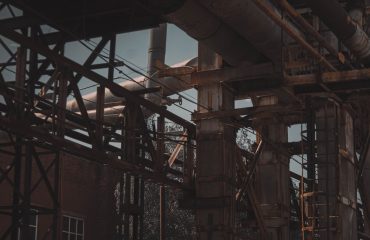body { font-family: sans-serif; line-height: 1.6; }
h1, h2, h3 { color: #333; }
img { max-width: 100%; height: auto; }
High-pressure pipelines are critical infrastructure for transporting various fluids, including oil, gas, water, and chemicals. The inherent risks associated with high-pressure systems demand rigorous safety protocols and meticulous attention to detail. This comprehensive guide delves into the key aspects of ensuring safety in high-pressure pipe operations.
1. Material Selection: The Foundation of High-Pressure Pipe Safety
The choice of pipe material is paramount. High-pressure applications demand materials with exceptional strength, durability, and resistance to corrosion and fatigue. Common materials include:
- Carbon Steel: Widely used due to its strength and cost-effectiveness, but susceptible to corrosion. Protective coatings and regular inspections are crucial.
- Stainless Steel: Offers superior corrosion resistance, making it suitable for aggressive fluids. However, it can be more expensive than carbon steel.
- Duplex Stainless Steel: Combines the strength of carbon steel with the corrosion resistance of stainless steel, ideal for demanding environments.
- High-Strength Low-Alloy Steel (HSLA): Provides a balance between strength and weldability, often used in large-diameter pipelines.
- Plastic Pipes (e.g., HDPE): Suitable for certain applications, particularly those involving non-corrosive fluids. Their flexibility offers advantages in certain terrains.
Material selection must consider the specific operating conditions, including pressure, temperature, fluid characteristics, and environmental factors. Proper material specification is the cornerstone of a safe and reliable pipeline system.
2. Regular Inspection and Maintenance: Preventing Catastrophic Failures
Proactive inspection and maintenance are vital for preventing failures. Regular inspections should include:
- Visual Inspections: Checking for signs of corrosion, damage, leaks, or deformation.
- Non-Destructive Testing (NDT): Techniques like ultrasonic testing (UT), radiographic testing (RT), and magnetic particle testing (MT) detect internal flaws and weaknesses.
- Pressure Testing: Periodic pressure testing verifies the pipeline’s ability to withstand operating pressures. This is crucial for identifying potential weaknesses before they lead to failure.
- Leak Detection Systems: Advanced systems can monitor pipeline pressure and flow rate, alerting operators to potential leaks promptly.
A comprehensive maintenance schedule, incorporating both preventative and corrective measures, should be meticulously followed. This includes cleaning, coating repairs, and timely replacement of damaged sections.
3. Pressure Testing Procedures: Ensuring Pipeline Integrity
Hydrostatic testing is the most common method for pressure testing pipelines. This involves filling the pipeline with water and pressurizing it to a predetermined level, exceeding the maximum operating pressure. The pipeline’s integrity is assessed by monitoring pressure changes and visually inspecting for leaks. Pneumatic testing, using compressed air, is also employed, but requires extra precautions due to the higher risk of explosion.
Before pressure testing, a thorough inspection should be conducted to ensure that all valves are properly closed and the pipeline is free of debris. During testing, pressure and temperature should be continuously monitored, and safety personnel should be present to manage any emergencies. Detailed records of the testing process, including pressure readings and observations, must be maintained.
4. Emergency Response Planning: Mitigation of High-Pressure Incidents
Despite meticulous safety measures, accidents can occur. A comprehensive emergency response plan is essential for minimizing the impact of high-pressure incidents. This plan should include:
- Emergency Shutdown Procedures: Clearly defined steps for quickly shutting down the pipeline in case of a leak or rupture.
- Emergency Contact List: A readily accessible list of emergency personnel, including local authorities, fire departments, and specialized response teams.
- Evacuation Procedures: Plans for evacuating personnel and nearby residents in the event of a major incident.
- Containment and Cleanup Strategies: Procedures for containing spilled fluids and cleaning up the affected area.
- Regular Drills and Training: Regular drills and training exercises ensure that personnel are familiar with emergency procedures and can respond effectively.
The emergency response plan should be regularly reviewed and updated to reflect changes in the pipeline system and surrounding environment.
5. Regulatory Compliance: Adhering to Safety Standards
Operating high-pressure pipelines requires strict adherence to relevant regulations and safety standards. These vary depending on the location and the type of fluid being transported. Familiarizing oneself with these regulations and ensuring compliance is crucial. Key regulations often include those related to:
- Pipeline Design and Construction: Standards for material selection, welding procedures, and quality control.
- Operation and Maintenance: Requirements for regular inspections, pressure testing, and emergency response planning.
- Safety Training: Mandated training for personnel involved in the operation and maintenance of high-pressure pipelines.
- Environmental Protection: Regulations aimed at minimizing the environmental impact of pipeline operations.
Staying informed about changes in regulations and adapting safety procedures accordingly is essential for maintaining compliance and ensuring the safety of personnel and the environment.
High-pressure pipeline safety is a multifaceted endeavor demanding continuous vigilance and commitment to best practices. By adhering to these principles, we can significantly reduce the risks associated with these critical systems and ensure their safe and reliable operation.
Tags: high-pressure pipe safety, pipeline safety, pressure testing, pipeline inspection, emergency response plan




